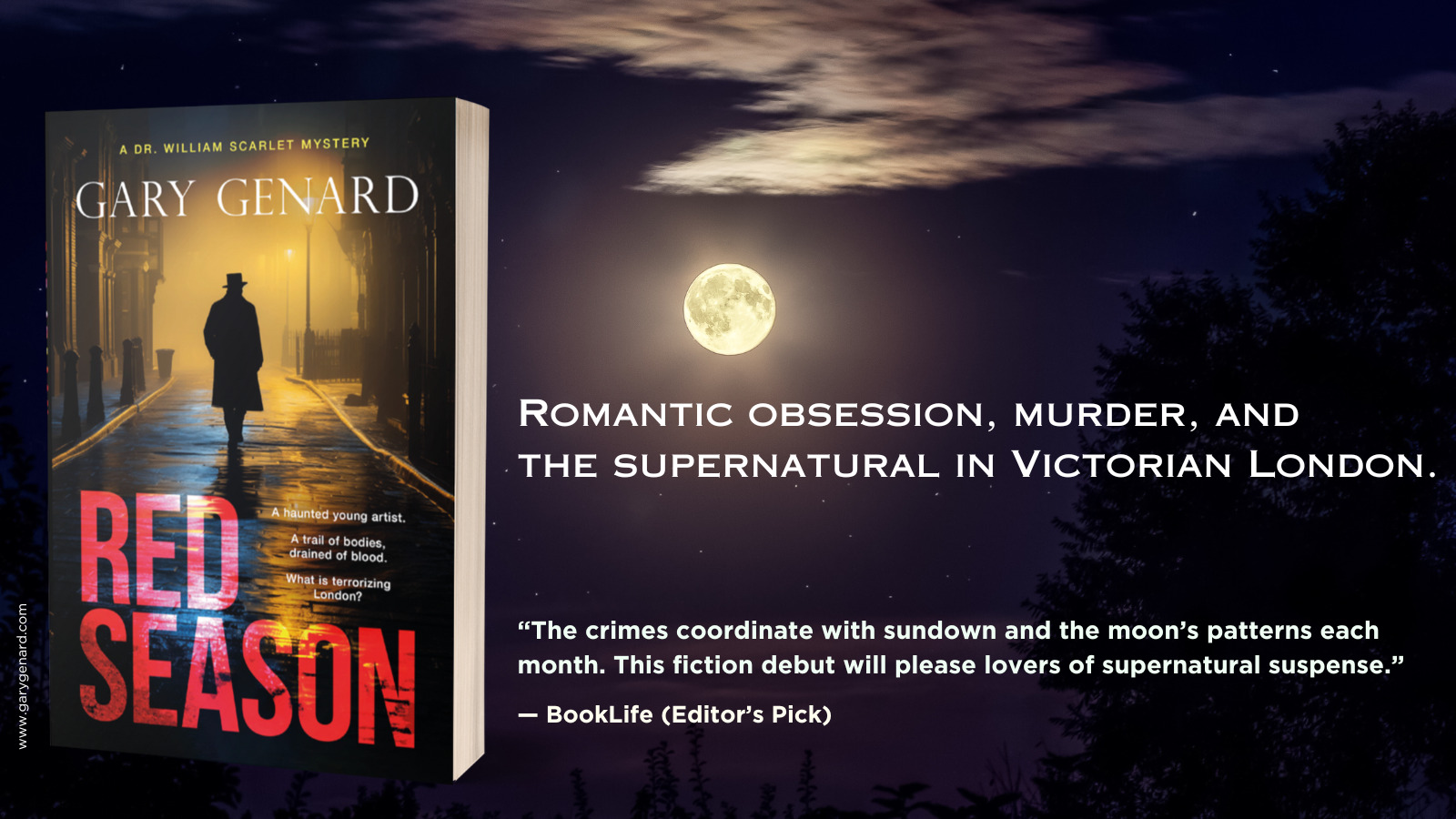Is speech anxiety or stage fright limiting your effectiveness or peace of mind? Here are 10 fast and effective ways to overcome stage fright!
Twenty-two million Americans. That's an estimate of the number of people in this country who suffer from fear of public speaking. That figure represents a percentage of the 70-75 percent of people surveyed who report some level of glossophobia. [1]
That’s twenty-two million. And then there's the rest of the world. If you’re a member of that congregation, wouldn’t you appreciate learning how to love public speaking instead?
Anxious over public speaking? Discover 50 ways to conquer your stage fright in my book Fearless Speaking. Click the image below for a FREE CHAPTER. Or find it on Amazon.
10 Ways to Deal with Fear of Public Speaking
Learning to love speaking in public may seem like a distant goal. But it's actually closer than you think. As a first step, remind yourself that the topic you’re passionate about is most likely of interest to listeners. And they are listening, not thinking about you and your nerves (or even your speaking skills). Here are 10 “quick fixes” that you can use for even more practical approaches when stage fright comes to call.
#1 Get your head in the right place.
I’m going to start out with some tough love: It ain’t about you! Speech anxiety is unpleasant enough that you may focus on how awful you’re feeling instead of what really matters: the response of your audience. Put yourself in their shoes and think about what they’re hoping to get out of this presentation. You’ll be on the right wavelength, which is that of your audience.
#2 Belly breathe.
Modern life with all its gadgets and digital assistants makes it easy for you to become a “talking head," which includes breathing shallowly and rapidly. The fight-or-flight response to social anxiety exacerbates this type of respiration cycle. To counter these habits, learn how to breathe diaphragmatically. Yes, it will help you to have a resonant voice; but it will also calm you and slow your heart rate.
Is lack of speaking confidence making you miserable? Read a free chapter from the book named as "One of the 100 Best Confidence Books Of All Time" — Fearless Speaking.
#3 Turn that negative talk into positive thinking.
The longer you stay in negative territory concerning your response to public speaking, the more it will seem like home. We’re all experts at beating ourselves up through negative self-talk. Why not use positive thinking instead? Turn self-destructive statements around by flipping that negative mindset. Create a positive groove you can stay in.
#4 Stand straight and open up your chest.
Body language matters in terms of how confident you look! Try this: hunch your shoulders slightly; now stand straight, allowing your chest area to come forward as your shoulders drop into their natural position. Doesn't that feel better? You certainly will look more professional!
Do you want to be an influential speaker? Then get your body into the act! Download my Free White Paper, The Body Language Rules: 12 Ways to Be a More Powerful Speaker.
#5 Let go of intrusive thoughts.
Focus is one of your most important tools when it comes to reaching and engaging audiences. But you’re human, which means off-the-grid thoughts will intrude when you don't want them to. Learn not to engage these thoughts or resist them—instead, notice them, then let them float away! Come back to your message and its reception. Here's how to stay focused.
#6 Greet your audience. And smile.
One of the most effective ways to have a relationship with an audience is to take a moment to allow that to happen. You do that in your greeting. Here’s how to start strong during the critical first 60 seconds! Invest yourself in this moment, letting listeners know that you really enjoy being there. Again, you too will feel it!
#7 Talk . . . don't present.
Edward Everett was the at-the-time famous orator who delivered a two-hour address at Gettysburg in 1863. But we remember the other guy—the one who gave the two-minute speech known as the Gettysburg Address. Since then, speeches public and private have been getting more conversational. One way you can help yourself be present is learning how to calm your nerves before speakings. Remember, you're just talking to people. Doesn't that sound good?
#8 Visualize a successful outcome.
Athletes, chess grandmasters, and theoretical physicists use positive visualization, and you should too. In other words, help yourself create a successful presentation! It just makes sense: the more time and effort you spend anticipating positive outcomes, the better prepared you’ll be to respond that way in the real situation.
#9 Turn the spotlight around.
This too is a visualization technique. Speaking in public can feel like standing alone in a hot bright spotlight. There, every move you make can add to the feeling that you're naked and vulnerable. So in your mind, turn the spotlight around. Now you’re in the cool dark and the spotlight is on the audience. After all, aren’t you supposed to “illuminate” listeners?
#10 Move!
Ever feel like you’re in a pressure cooker when speaking to a group? With speaking nerves comes the release of stress hormones that are telling you to fight the threat or get away fast. If you stand stock-still, the pressure will just build. So move! It's all part of my secrets of body language for powerful public speaking!
[1] Gary Genard, Fearless Speaking (Arlington, MA: Cedar & Maitland Press, 2014), 217, citing Karen Kangas Dwyer, Conquer Your Speechfright (Fort Worth: Harcourt Brace, 1998), 3-12, per McCroskey, 1993, and Richmond & McCroskey, 1995.
Do you read supernatural suspense? If you do, you'll love Dr. William Scarlet, a Scotland Yard police surgeon and psychic. Read Book #1 in the thriller series, Red Season today!
You should follow me on Twitter here.
Gary Genard is an actor, author, and expert in public speaking and overcoming speaking fear. His company, The Genard Method offers live 1:1 Zoom executive coaching and corporate group training worldwide. He was named for nine consecutive years as One of the World’s Top 30 Communication Professionals, and also named as One of America's Top 5 Speech Coaches. He is the author of the Amazon Best-Seller How to Give a Speech. His second book, Fearless Speaking, was named in 2019 as "One of the 100 Best Confidence Books of All Time." His handbook for presenting in videoconferences, Speaking Virtually offers strategies and tools for developing virtual presence in online meetings. His latest book is Speak for Leadership: An Executive Speech Coach's Secrets for Developing Leadership Presence. Contact Gary here.
Main photo credit: ahmadshalbaf on pexels.






